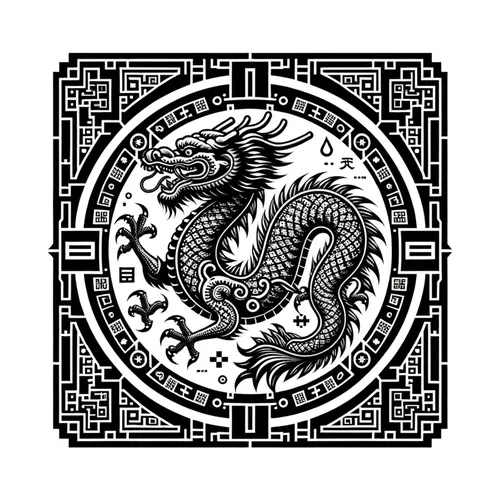Chinas Mega Breach: 4 Billion Records Exposed! | Supply Chain Attack Nearly Takes Out US Cybersecurity Giant
- Author
- Quiet. Please
- Published
- Thu 03 Jul 2025
- Episode Link
- https://www.spreaker.com/episode/chinas-mega-breach-4-billion-records-exposed-supply-chain-attack-nearly-takes-out-us-cybersecurity-giant--66853341
This is your Digital Dragon Watch: Weekly China Cyber Alert podcast.
Hey everyone, Ting here—your favorite cyber sleuth with a fresh cup of oolong and a roundup of the hottest China cyber news straight from the last seven days. Let’s skip the pleasantries and jump right into the digital dragon’s den.
First, the sheer scale of the China Data Breach of 2025 is still reverberating through every cyber corridor. Last month, cybersecurity researcher Bob Dyachenko and the Cybernews team uncovered a colossal, unsecured database—clocking in at 631 gigabytes, with over 4 billion records exposed. Yes, billion, with a B. We’re talking WeChat convos, Alipay transactions, and financial data, all left wide open without even a password. While the breach was publicly disclosed in June, the fallout is ongoing, with waves of identity theft and fraud attempts tied to this treasure trove of stolen data. According to Dyachenko, the majority of victims are in China, but with payment data like Alipay, ripple effects are global. That’s a monster wake-up call to double-check where and how your information is stored.
Now, let’s talk about a sophisticated supply chain attack that nearly took out SentinelOne, a heavyweight in the American cybersecurity arena. Between July 2024 and March 2025, over seventy organizations across government, finance, manufacturing, telecom, and research were quietly infiltrated by China-linked threat actors. SentinelOne was hit when hackers slipped through via a third-party IT vendor managing their hardware logistics—think compromised laptops before they even reached employees’ desks. That’s James Bond-level sneaky. The attack groups, identified as PurpleHaze and ShadowPad, are loosely associated with the notorious Chinese APT15 and UNC5174. The dwell time for intrusions varied, with some victims only discovering the breach after months of silent access.
The US government didn't just sit on its hands. CISA and the FBI immediately issued new advisories, warning IT and logistics companies to beef up supply chain vetting and to deploy strict endpoint monitoring on any inbound hardware. There’s particular urgency around multi-factor authentication, endpoint detection and response (EDR) solutions, and limiting the scope of third-party access—a response directly triggered by these incidents.
Expert consensus? First, all organizations, not just in the US but globally, should assume supply chain attacks are now standard risk—not worst-case scenario. Second, encrypt sensitive data, enforce proper access controls, and periodically audit for unsecured databases lurking in cloud storage. And finally, know your vendors as well as you know your employees. The attackers are getting more creative—now’s the time to be proactive, not reactive.
That’s the digital frontline for this week. I’m Ting, reminding you: in the cyber world, the dragon never sleeps—so neither should your defenses!
For more http://www.quietplease.ai
Get the best deals https://amzn.to/3ODvOta
